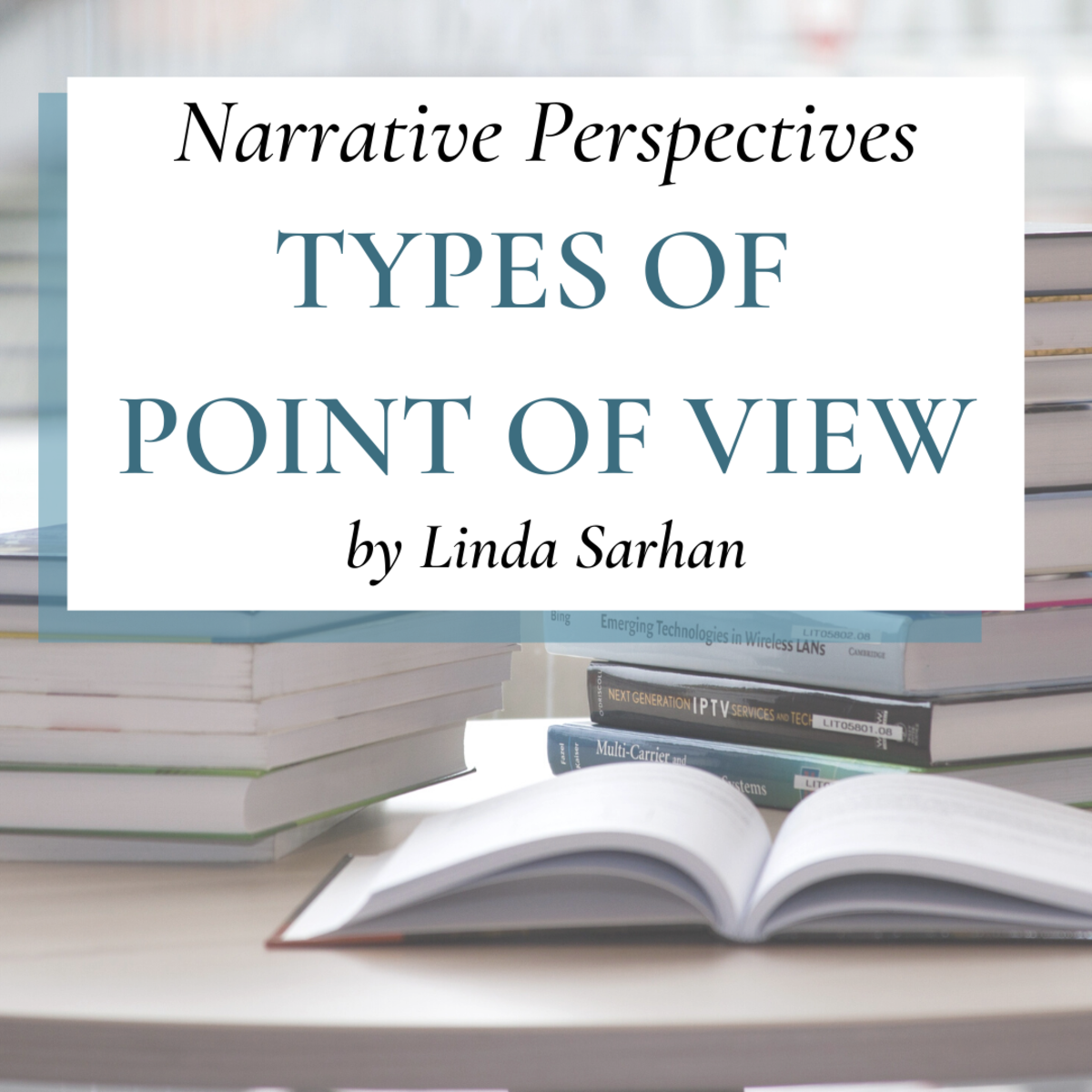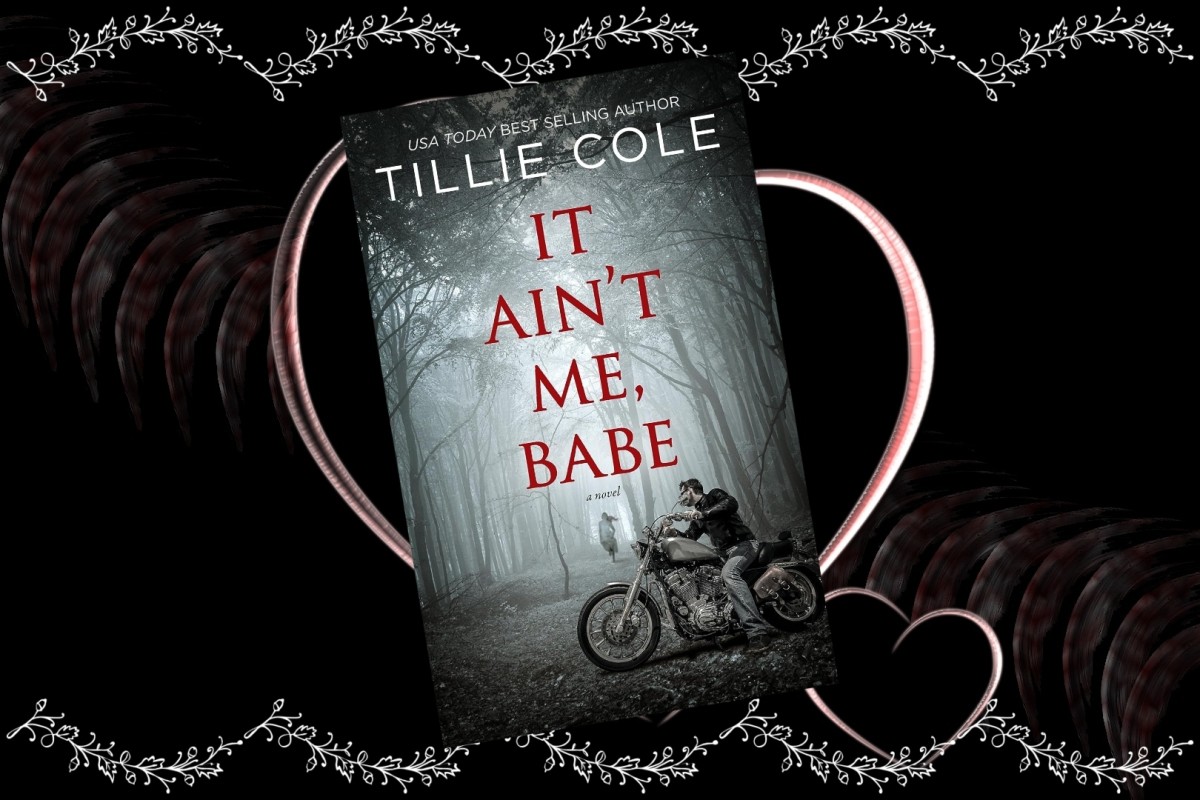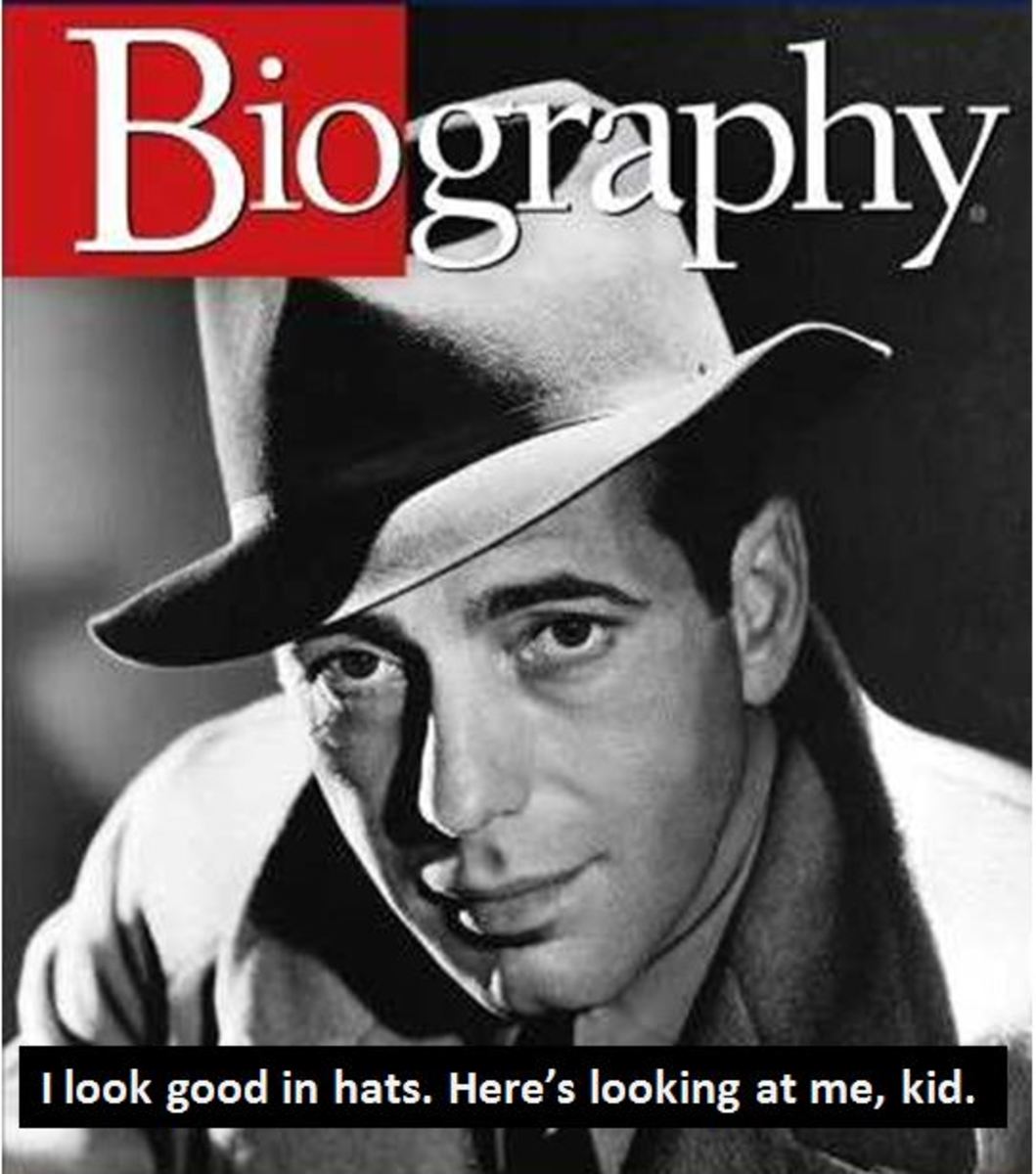How to Write in Deep Point of View--Part 2
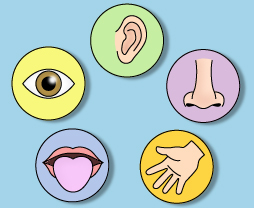
Point of View = Perception
At its most basic level, Point of View is about what the POV character can perceive. And, the tools we use to perceive are our five senses.
In order for something to be on the page, the POV character must be able to...
- See
- Hear
- Smell
- Taste, or...
- Feel
Even if you’re writing paranormal fiction, and your POV character has extra-sensory abilities, that character still perceives everything within the frame of reference of his or her five senses.
For example, in my Mercy series, I have telepathic characters, especially Sukey. Even though she is not technically hearing with her hears, she perceives telepathic thoughts as if she was hearing the subject’s actual voice – she even thinks of her telepathy as “listening in” on others.
When judging unpublished contest entries, or when working with manuscripts in my book doctor business, I often come across example of things that the POV character could not have perceived.
Examples:
POV character: Maria
Having said her piece, Maria turned so that Lorenzo could not see the tears that were starting to well in her eyes. She hurried down the hall, the bow on the back of her skirt dancing in rhythm with her steps.
POV Problem: Maria has no way of seeing the bow on the back of her skirt.
POV character: Phillip
Phillip turned so that Edward could not see the gun, and pretended to be scrutinizing the details of the painting as he slid the pistol onto the table and pushed it behind the stack of books that rested there. When he turned to face his enemy, even though his height, and the impressive width of his shoulders were intimidating, his expression remained mild.
POV Problem: Phillip cannot see his own height, shoulders, or facial expression.
Now, you might argue that Phillip could be aware of all of these things, but that is not the way the passage was written. The author could have said:
Phillip knew that the smaller man might be intimidated by his superior size, and he was careful to keep his expression mild.
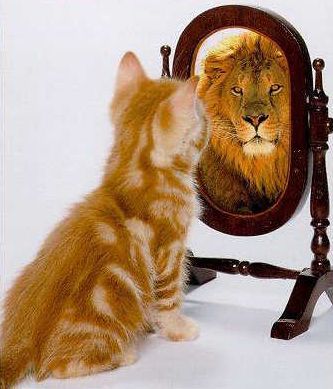
But how will the reader know?
In your last creative writing class, your instructor told you that it is important to give a physical description of the character, so that the reader can get a mental picture. How does the writer get the physical description of a character into a book?
There are many ways to do this, including...
Wait until there is a new scene, then see them through the eyes of a different POV character
- Have them look at their reflection (be careful with this—if you’re brushing your teeth, you’re probably only thinking about your teeth)
- Have them compare themselves to another character (women, especially, do this – we notice that another woman is shorter/taller/thinner/fatter etc.)
- Give them an excuse to think about their own appearance, such as self-consciousness over a bad hair day, pride at weight loss.
- Have another character mention it in dialog.
Other Lessons in This Series
- How to Write in Deep Point of View--Part 1
This is the first in a series of articles by novelist Toni Andrews about writing character-driven fiction. - How To Write in Deep Point of View -- Part 3
What are you thinking? Learn how a point of view character's thoughts can be used to deepen point of view. - How to Write in Deep Point of View -- Part 4
Did you know that Information Dumping is a point of view error? Find out how to avoid it. - How to Write in Deep Point of View -- Part 5
More about Information Dumping and how to avoid it. - How to Write in Deep Point of View - Part 6
Avoiding the Dreaded Head Hop!
Exercises
EXERCISE #1:
Remember that first manuscript, and how I had POV issues in my early drafts? That book, which I called Delinda’s Plan, was eventually published (MUCH, MUCH revised) under the title Men in Chains by my alter-ego, Virginia Reede. I still have some of the original manuscript, and I am delighted to use parts of it to show you how NOT to write Point of View.
The scene as originally written:
Jeryl scanned the sheer cliff walls, trying to find a way up. The wind blew his hair into his face, and he tossed the wet, blonde curls aside. His sea-green eyes sparkled in anticipation of a challenge.
1. Identify the POV Errors
2. Re-write the passage, keeping true to Jeryl’s Point of View
EXERCISE #2:
The situation: Josephine has awakened, groggy from having been drugged, in an unfamiliar cabin. She’s just found a room with a working telephone, and has gone straight to the phone.
The Scene as originally written by one of my Book Rx clients - with permission:
Josephine slammed the phone down on the table with a bang. Why wasn’t Terry answering his cell? Frown lines creased her forehead and she chewed her bottom lip. The window behind her rattled as icy wind blew through the fragrant pines outside the snug cabin, and she longed to sink into the soft cushions of the sofa on the other side of the room, but she had work to do.
1. Identify the Point of View errors in the previous passage. Hint: There are five, although one of them is trickier to spot, as it goes a step beyond mere perception.
2. Rewrite the paragraph so that it is true to Josephine’s POV.
EXERCISE #3
The situation: Our POV character is Jake, who is sitting by a campfire alone at night in the wilderness, about to drift off to sleep after a long day in the saddle. Earlier in the story, Jake was pursued by a group of three villains, but he believes that he has successfully eluded them. He is mistaken—the three are currently in the process of sneaking up on him.
1. If the scene is written entirely from Jake’s POV, what are some ways that the reader could find out what the bad guys are up to? Hint – use Jake’s five senses!
2. Is there a way the reader could figure out what was happening before Jake does? If yes, how?
3. Keeping it short – 500 words or less – write the scene from Jake’s POV.

